Role of Geology in Landscape Evolution
Introduction
Geology plays a significant role in the evolution of landscapes. It is the study of solid Earth, the rocks of which it is composed, and the processes by which they change over time. Geology can also include the study of the solid features of any terrestrial planet or natural satellite such as Mars or the Moon. The understanding of geology is crucial in comprehending how landscapes evolve over time due to various geological processes.
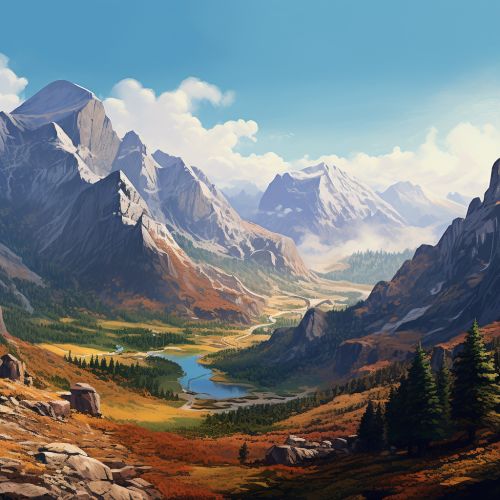
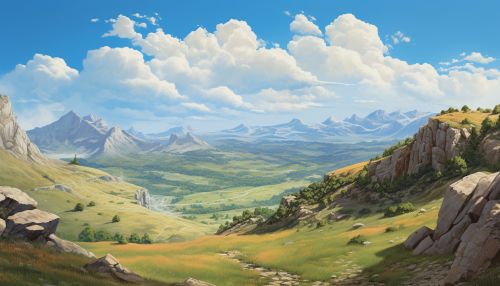
Geological Processes and Landscape Evolution
The evolution of landscapes is largely influenced by geological processes, which include erosion, weathering, plate tectonics, and volcanism. These processes shape the Earth's surface over geological time scales, creating and modifying the landscapes we see today.
Erosion
Erosion is a geological process that involves the removal and transportation of rock material by natural agents such as water, wind, ice, and gravity. Erosion plays a significant role in landscape evolution by gradually wearing away the Earth's surface, creating valleys, canyons, and other landforms.

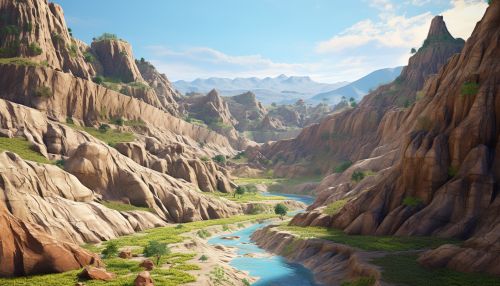
Weathering
Weathering is the breakdown of rocks at the Earth's surface by atmospheric or biological agents. It is a key process in landscape evolution as it weakens rocks, making them more susceptible to erosion. There are two main types of weathering: physical weathering, which involves the mechanical breakdown of rocks, and chemical weathering, which involves the alteration of rock minerals due to chemical reactions.
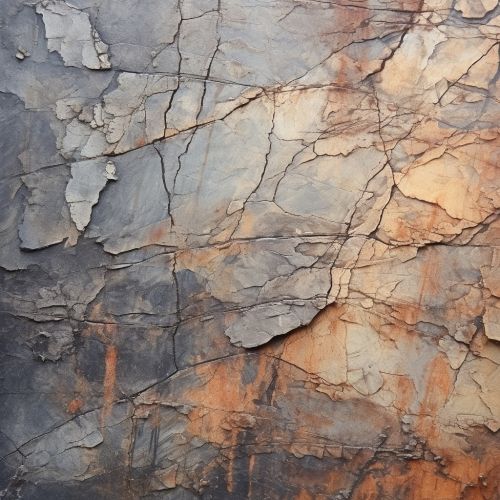
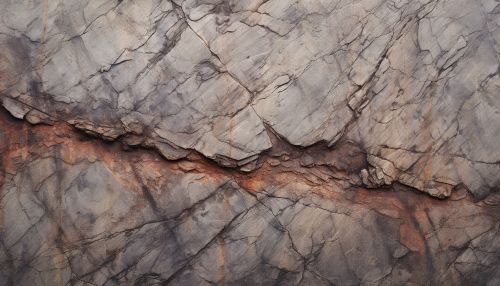
Plate Tectonics
Plate tectonics is a theory explaining the structure of the Earth's crust and many associated phenomena as resulting from the interaction of rigid lithospheric plates that move slowly over the underlying mantle. It plays a crucial role in landscape evolution by creating mountain ranges, oceanic trenches, and other large-scale features of the Earth's surface.
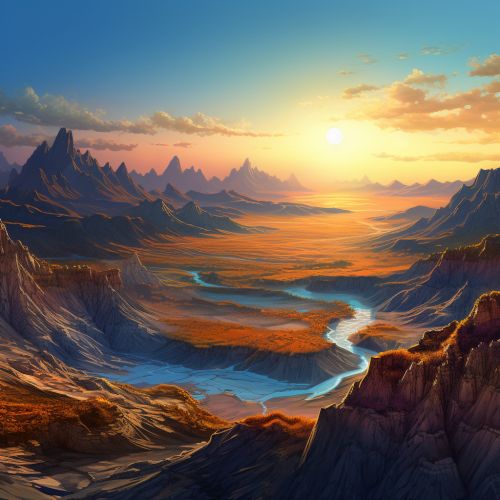
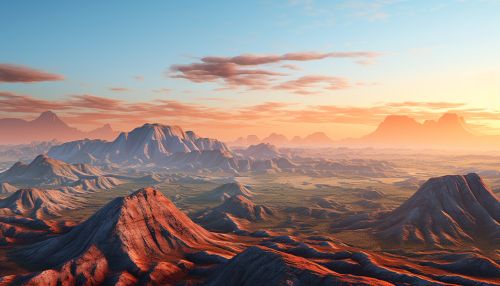
Volcanism
Volcanism is the phenomenon of eruption of molten rock (magma) onto the surface of the Earth or a solid-surface planet or moon, where lava, pyroclastics and volcanic gases erupt through a break in the surface called a vent. It is a major way that heat from the interior of a planet is transferred to the surface. Volcanism is responsible for creating new landforms such as islands and mountains, and for modifying existing landscapes.
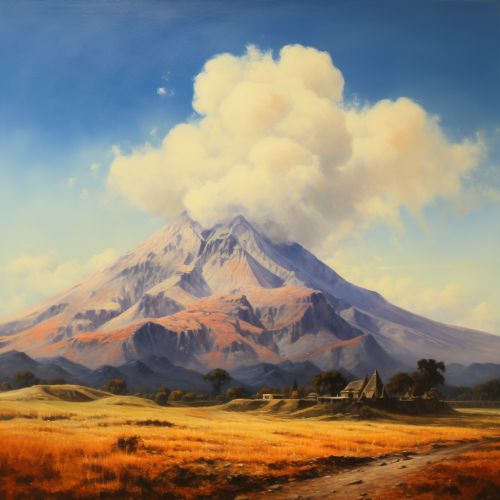
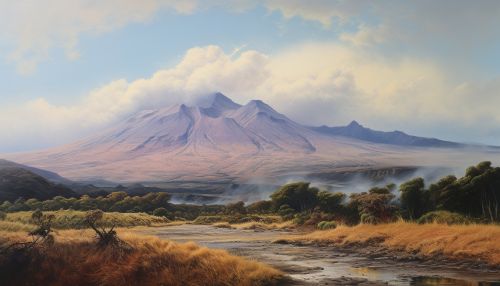
The Influence of Geological Time
The concept of geological time is fundamental to understanding the evolution of landscapes. Geological time refers to the period of time covering the physical formation and development of Earth, from its formation about 4.54 billion years ago to the present day. It is divided into several units, including eons, eras, periods, epochs, and ages, which reflect significant changes in the Earth's geology and biology.
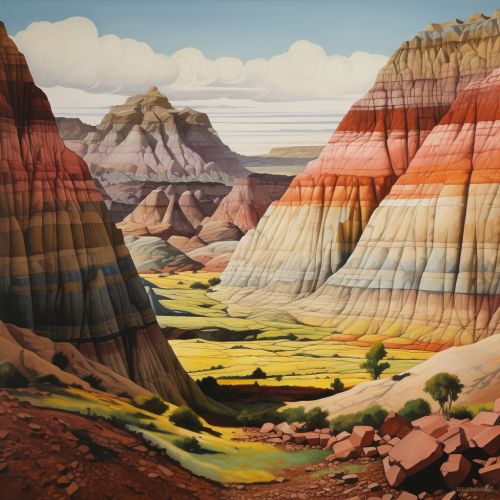

Conclusion
In conclusion, geology plays a pivotal role in landscape evolution. The processes of erosion, weathering, plate tectonics, and volcanism shape and reshape the Earth's surface over geological time scales, creating the diverse landscapes we see today. Understanding these processes and the concept of geological time is crucial for comprehending how landscapes evolve.
